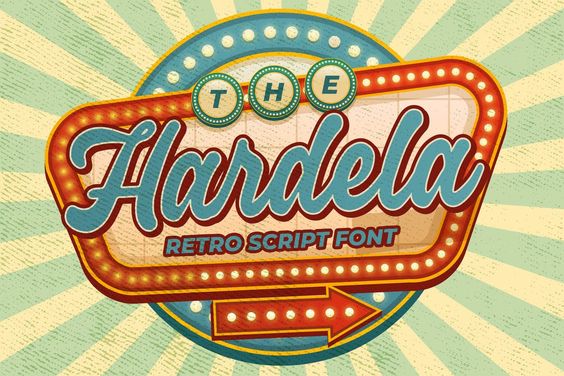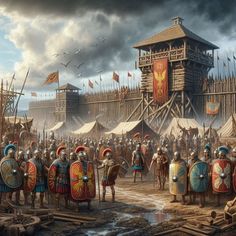‘Mid-Century Type’ surveys the best graphic design from 1945 to 1965

The period stretching from 1945 to 1965 was a golden age for graphic design, an era that fostered innovation and pushed the boundaries of visual communication. Known as the Mid-Century Modern period, it was marked by a distinct typographical style that has endured as an influential force in design to this day.
At the close of World War II, the world found itself eager for a new beginning. This spirit of reinvention seeped into all aspects of culture, including graphic design. The era saw the introduction and maturation of typefaces that were stark departures from the heavy and ornate scripts that characterized previous decades. Instead, designers embraced cleanliness, readability, and simplicity.
Typography during this time shed excessive decoration in favor of function. Designers such as Paul Rand, Saul Bass, and Herb Lubalin led the charge, blending bold simplicity with functionality in their typographic creations. They leveraged type as a tool to solve visual problems and communicate ideas more effectively.
Mid-Century type was characterized by a preference for sans-serif fonts that boasted clean lines and open forms. Swiss design principles heavily influenced typographic practices, advocating for legibility and objectivity in design. This was reflected in the popularity of typefaces like Helvetica, designed by Max Miedinger and Eduard Hoffmann in 1957, which epitomized the clarity and neutrality favored at the time.
Furthermore, with advancements in printing technology and materials post-war, designers had more freedom to experiment with typography in various media. They took advantage of these new capabilities to challenge traditional hierarchies of text placement, creating dynamic compositions where type could be arranged horizontally, vertically, and even diagonally on a page.
The iconic designs of this period were pervasive; they appeared in corporate identity systems, poster designs for films or cultural events, advertising campaigns, and editorial design for magazines. The influence stretched beyond professional circles—shaping the visual aesthetic of mainstream culture as well.
Today’s nostalgia for Mid-Century Modern aesthetics testifies to its enduring appeal. Its principles continue to be taught in design schools worldwide. While trends come and go, the clear communication values upheld by Mid-Century typography remain a benchmark for good design practice.
As we survey some of the best graphic design from this hallmark period between 1945 to 1965 – from magazine covers to branded logos – one can’t help but acknowledge how these Mid-Century innovations have shaped contemporary graphic design. The movement not only changed how we approach typography but also left an indelible mark on visual culture that still inspires designers across the globe.






